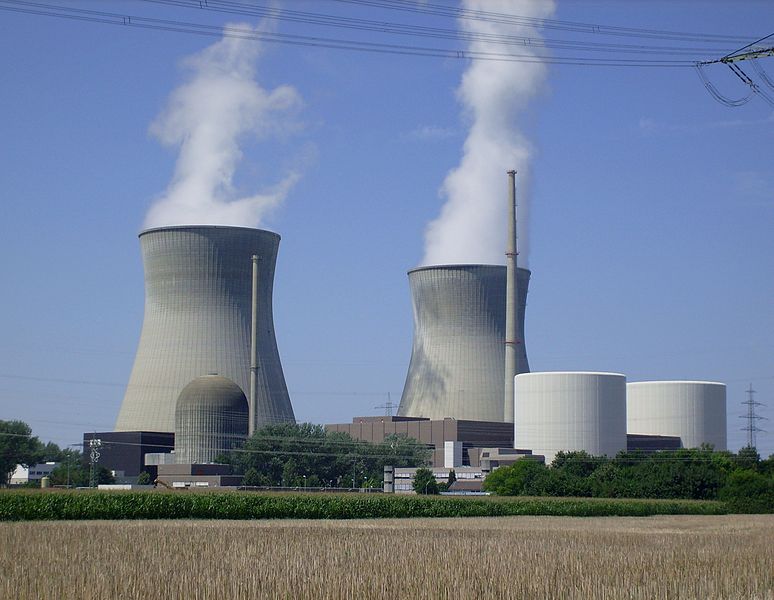India has made a strong commitment to nuclear power. They have plans for the construction of forty six nuclear power reactors to supply the electricity they desperately need. I have blogged before about my reservations about India's ability to avoid corruption and shoddy construction in their nuclear industry. Concerns have been raised about nuclear regulation in India because the current regulatory agency has little independence and power. There is also the question of liability. India has one of the most severe laws in the world with respect to allocating responsibility for industrial accidents which would include nuclear power plant accidents. There has been a lot of activity lately in India to weaken or circumvent the law because it is inhibiting foreign investment and involvement in Indian nuclear projects.
On March 11, 2016, the Kakrapar nuclear power plant north of Mumbai suffered a loss of coolant. (Ironically, this was exactly five years after the big nuclear disaster in Fukushima, Japan.) There has been little information released about the accident. What is known is that a pressure tube in the reactor burst, allowing the heavy water coolant and light water to escape. The pressure tubes were replaced in 2011 with tubes made from a new zirconium alloy. (These tubes are the same type that leaked at the San Onofre reactor in southern California and resulted in the permanent shut down of the plant.)
The nuclear reaction in the reactor was stopped following the detection of the leak. The leak of a mixture of light and heavy water continued for at least a week. An official of the Indian Atomic Energy Commission said that all the radioactivity was confined to the plant and that there was no threat to the public. The details of exactly what happened have not been revealed and the operators of the plant have not produced a plan for dealing with the problem. Authorities have said that repair will take longer than expected and the investigation of the accident will take time consuming.
The operators said that they needed to vent the containment building which suggests that the release of coolant caused an increase in pressure inside the containment vessel and there may have been contaminated steam that needed to be vented into the atmosphere. There is a venting system at the plant that has filters to trap any radioactive particles in the steam but it is unknown whether or not the filters operated correctly on all of the steam which has been vented.
Although, the Indian government maintains twenty five radiation monitoring stations across the country in the IERMON network to gather information for emergency responses to accidents at nuclear power plants, information with respect to radiation measurements is not made available to the public.
There are seventeen other nuclear reactors in India based on the same design and materials as the Kakrapar reactor. The accident at Kakrapar have raised concerns about the entire fleet of this type of reactors and there have been calls to shut down all of them until the cause of the accident at Kakrapar has been thoroughly investigated.
The weaknesses of the Indian Atomic Energy Commission and the lack of information on the Kakrapar accident do not inspire confidence in the safety of the Indian nuclear fleet and the new reactors being constructed or planned. As I have said in the past, one of the things that will sink nuclear power will be rejection by the public. Kakrapar is an example of a governmental response to a nuclear accident that will definitely damage the reputation of nuclear power.
Kakrapar nuclear power station:
